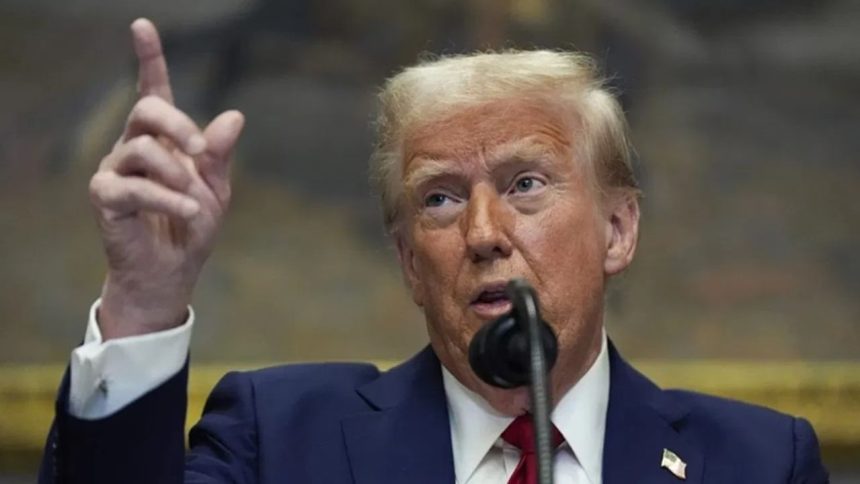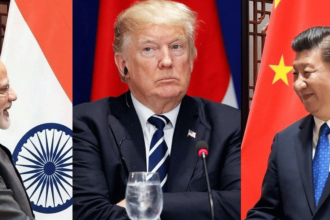
Washington: Facing a global market meltdown, President Donald Trump on Wednesday abruptly backed down on his tariffs on most nations for 90 days, but raised his tax rate on Chinese imports to 125 per cent.
It was seemingly an attempt to narrow what had been an unprecedented trade war between the US and most of the world to one between the US and China.
Global markets surged on the development, but the precise details of Trump’s plans to ease tariffs on non-China trade partners were not immediately clear.
European Union member states voted Wednesday to approve retaliatory tariffs on USD 23 billion in goods in response to US President Donald Trump’s 25 per cent tariffs on imported steel and aluminum, as the largest US trading partner described them as “unjustified and damaging.” The tariffs will go into effect in stages, with some on April 15 and others on May 15 and December 1. The EU executive commission didn’t immediately provide a list of the goods.
Members of the 27-country bloc repeated their preference for a negotiated deal to settle trade issues.
“The EU considers US tariffs unjustified and damaging, causing economic harm to both sides, as well as the global economy,” the EU’s executive commission said in a statement. “The EU has stated its clear preference to find negotiated outcomes with the US, which would be balanced and mutually beneficial.” The targeted goods are a tiny fraction of the 1.6 trillion Euros (USD 1.8 trillion) in US-EU annual trade, which sees some 4.4 billion Euros in goods and services cross the Atlantic each day in what the European Commission calls “the most important commercial relationship in the world.” The head of the EU’s executive commission, Ursula von der Leyen, has offered Trump a zero-for-zero tariffs deal on industrial goods including cars. But Trump has said that’s not enough to satisfy US concerns.
Trump’s expanded steel and aluminum tariffs came into effect in March.
The EU has targeted smaller lists of goods in hopes of exerting political pressure and avoiding economic damage from a wider escalation of tit-for-tat tariffs.
The EU is also working on a response to Trump’s blanket 20 per cent tariff on all European goods, imposed as part of his sweeping “reciprocal” tariffs imposed on global trading partners. That could include measures aimed at US tech companies and the services sector as well as trade in goods.
France’s Economic Minister Eric Lombard said the second package “will take account not only of European imports, but also of other ways in which we can respond.” Speaking to legislators in the National Assembly in Paris, Lombard added that “the idea is that, with these extremely strong, extremely powerful measures, we can get to the negotiating table on an equal footing, so that both sides of these duties can be lowered and all our economic sectors protected.”




